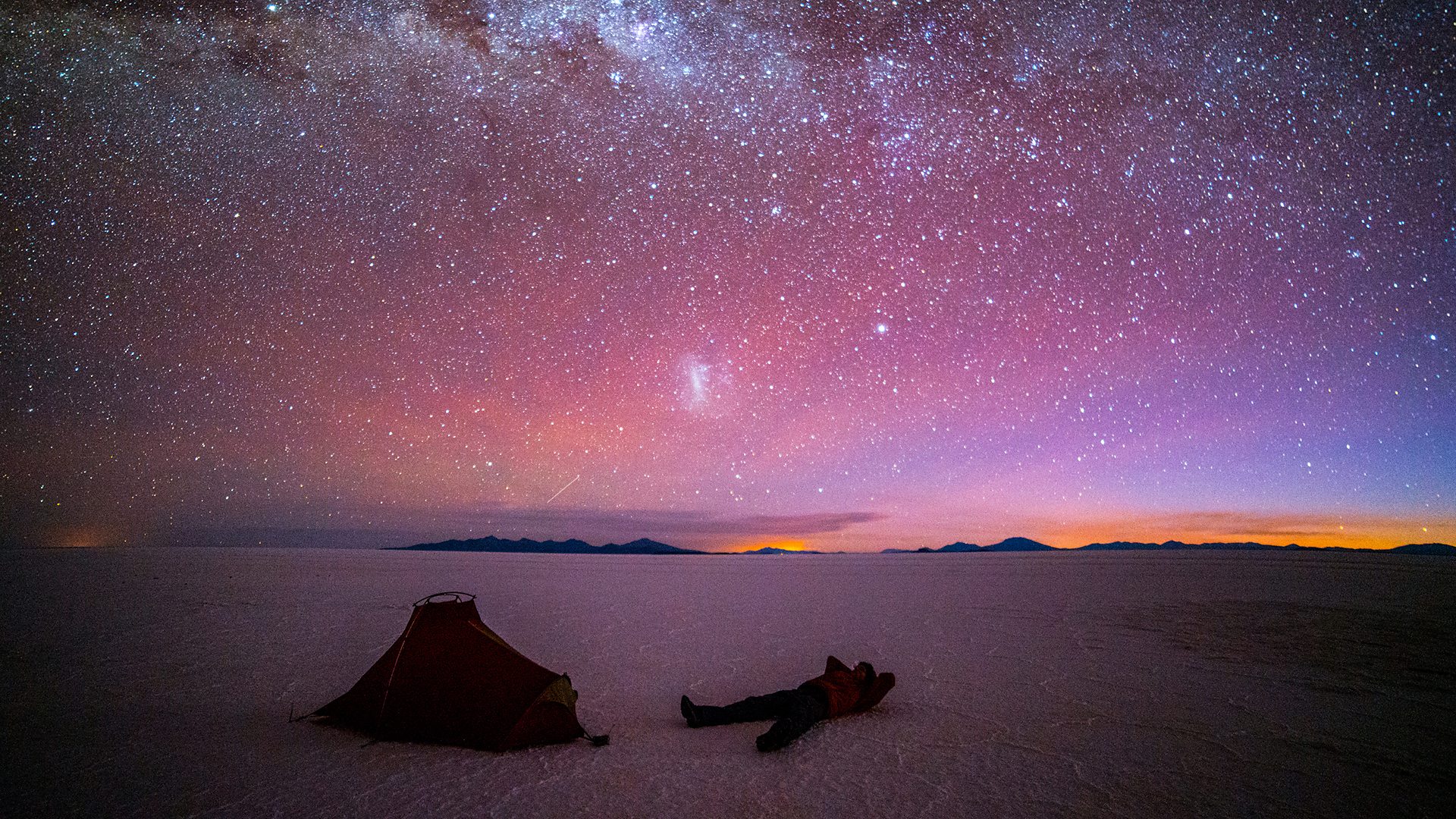Wildebeest and wolves: The secret weapons against climate change
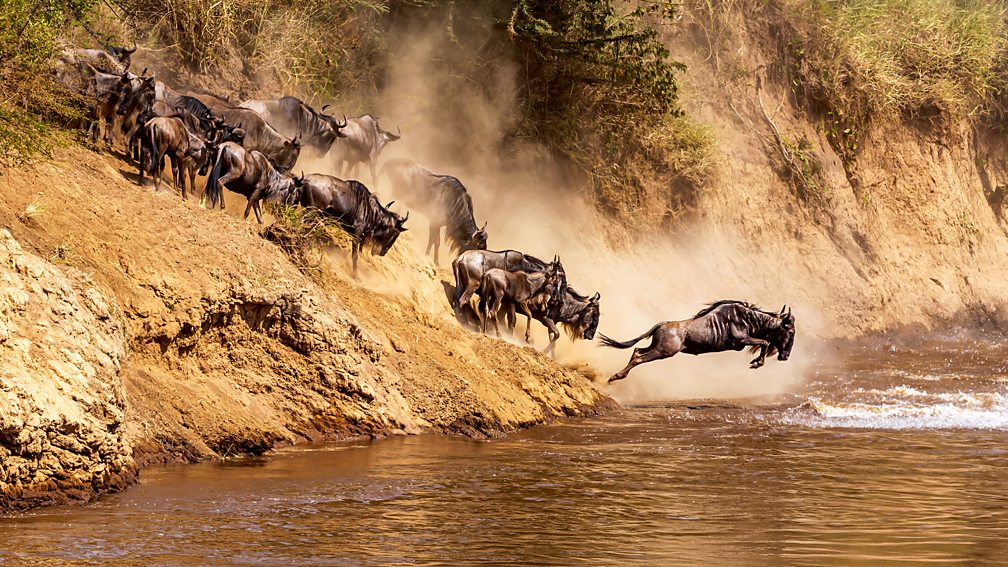
When scientists examined the effect just nine groups of animals have on the climate the results were startling. So what would happen if we did more to protect them?
More than a million wildebeest roam across East Africa's vast Serengeti grassland. Their annual migration is one of the largest movements of animals on the planet. Their hooves churn up the dirt and hungry mouths devour huge quantities of plant life as they travel.
There weren't always this many though. And the story of this large antelope reveals the impact wildlife can have on the amount of carbon present in our planet's atmosphere. While it is tempting to look to technical solutions such as renewable energy as the solution to climate change, we may have other allies in the natural world too. Increasing populations of animals such as wildebeest is a largely overlooked, but valuable way of tackling climate change, according to scientists.
Although their numbers fluctuate year to year, the wildebeest migration is a sight to behold. But in the first half of the 20th Century, a combination of a viral disease called rinderpest, spread by cattle, along with poaching and loss of habitat decimated wildebeest herds, causing their numbers to fall to about 240,000.
Sign up to Future Earth
Sign up to the Future Earth newsletter to get essential climate news and hopeful developments in your inbox every Tuesday from Carl Nasman. This email is currently available to non-UK readers. In the UK? Sign up for newsletters here.
With fewer animals grazing, the volume of grass and other plants on the Serengeti increased. This might seem like a good thing for sequestering carbon, but in fact it provided fuel for more frequent and intense wildfires. This meant that much of the carbon stored within the plants and soil of the savannah was released into the atmosphere, turning the region from a net sink of carbon to a net source.
With the introduction of a cattle vaccination programme against rinderpest in the 1950s, however, wildebeest populations began to steadily recover, reaching a peak of 1.5 million in the late 1970s. Today there is an estimated 1.2 million wildebeest in the Serengeti, although the number fluctuates year to year. They eat vast amounts of vegetation every day – meaning it is no longer available as fuel for fires. As they eat, the animals also enrich the soil with their dung, helping to lock the carbon into the land. Their hooves trample seedlings and other plantlife, while large numbers of aggressive adult males damage trees and larger bushes through "horning". Here the males rub their horns against trunks and branches, helping to thin out the number of trees and maintain the savannah landscape.
This means that once more, the Serengeti has been transformed into a giant reservoir that absorbs more carbon than it releases, helping to lower the concentration of CO2 in the atmosphere.
And for every 100,000 additional wildebeest in the Serengeti, the amount of carbon stored in the environment rises by 15%, according to Oswald Schmitz, a professor of population and community ecology at Yale University in Connecticut, US.
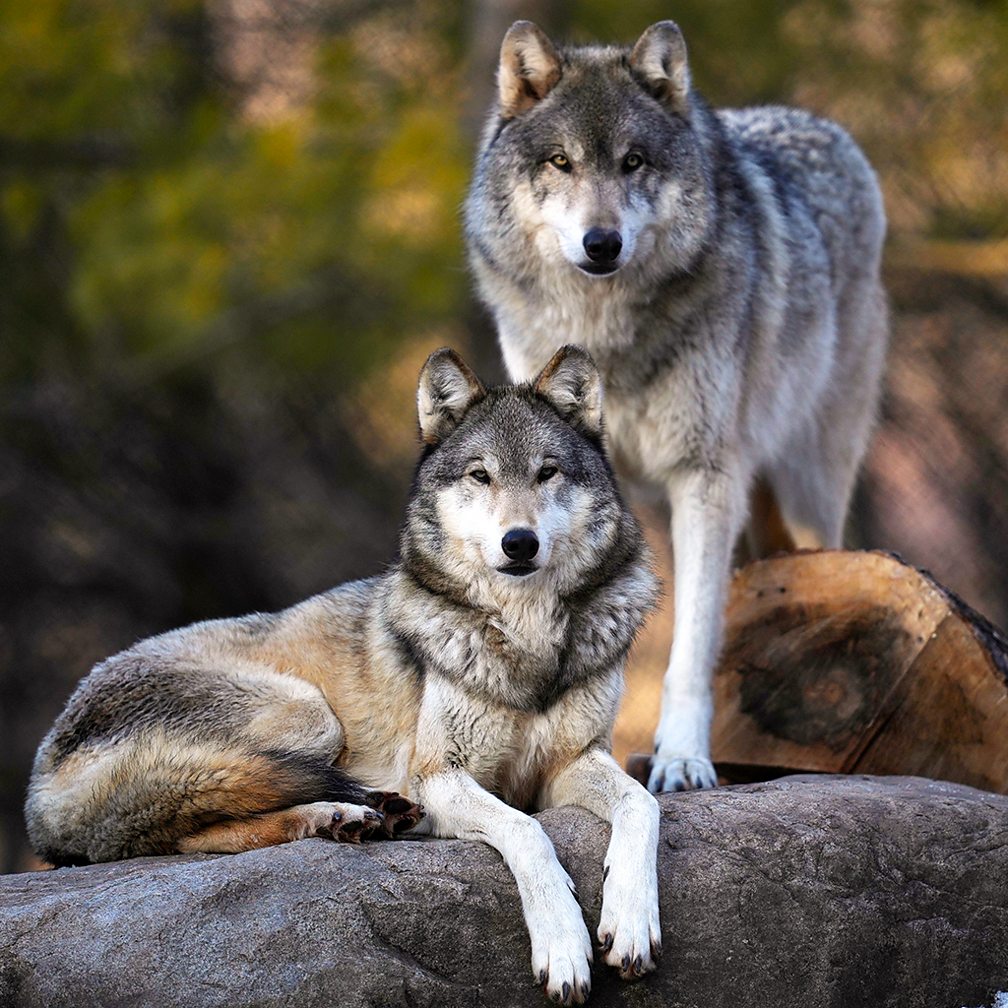
Schmitz is one of a group of researchers using wildebeest as an example to argue that animal rewilding could be an important solution in tackling climate change. In a scientific paper published earlier this year, they reviewed two decades' worth of research to estimate the impact of key species in absorbing carbon.
They concluded that protecting or restoring the populations of just nine specific groups of animals that could "collectively facilitate the additional capture of 6.41 billion tonnes of carbon dioxide annually". To put this figure in context, climate scientists estimate that up to 10 billion tonnes of CO2 will need to be removed from our atmosphere globally every year to achieve the goal of reaching net-zero emissions by 2050.
"Many animal species exert very strong control over the carbon cycle," says Schmitz – an opportunity he believes is being wasted. He coined the concept of "animating the carbon cycle" to emphasise the role that wild animals can play in boosting ecosystems' ability to store carbon.
The nine major animal groups that Schmitz and his colleagues say could make the most difference are marine fish, whales, sharks, grey wolves, wildebeest, sea otters, musk oxen, African forest elephants, and American bison. Of these, marine fish could the biggest impact, says Schmitz. The researchers estimate these animals they could help absorb up to five billion tonnes of CO2 a year. Fish are capable of capturing carbon in different ways, which include eating carbon-rich plankton near the surface and releasing faecal pellets that can sink rapidly. Also, when fish die, they sink to the bottom of the ocean where the carbon in their bodies is sequestered.
Scientists have found that sharks have a positive impact on the marine carbon cycle by eating herbivorous fish or restricting the areas where they live. That limits their prey's ability to eat marine vegetation, which is crucial for carbon absorption. Tiger sharks, for example, help to keep populations of sea cows in check, allowing seagrass meadows to flourish, which in turn help to store huge amounts of carbon around the world. The sharks themselves also directly store carbon in their own poo as it sinks to the sea floor. But shark populations have declined considerably in recent decades due to commercial fishing, with a third of all shark and ray species now threatened by extinction. (Read more about the far-reaching benefits of tiger sharks.)
Like sharks, whales do a lot through their poo. Their excrement is rich in nutrients and acts as a fertiliser, stimulating the growth of phytoplankton – microscopic plants that consume carbon dioxide. Even those that feed deep in the ocean still need to swim up to the surface to breathe and poo, creating what has become known as the "whale pump" for pulling carbon out of the atmosphere.
The sheer size of many whales means they also store large quantities of carbon in their bodies. When they die and sink to the bottom of the ocean they can remain there for centuries as they slowly decay and are consumed by the creatures that live there. But whale populations have also suffered around the world, with four of the 13 great whale species considered to be endangered or critically endangered. (Read more about how whales can help to fight climate change.)
The influence of animals on land, however, shouldn't be overlooked, says Schmitz.
His own research has revealed that grey wolves living in Canada's boreal forest, one of the world's most important carbon sinks, have an indirect influence on the woodland's carbon storage capacity. By controlling the foraging behaviour and abundance of large herbivorous animals such as moose through predation, the wolves help to promote the growth of young trees. Without the wolves, the herbivores browse upon saplings and thin out the forest growth. Schmitz and his colleagues estimate that grey wolves in the boreal forests have the potential to remove carbon from the atmosphere equivalent to the emissions of between 33-71 million cars per year.
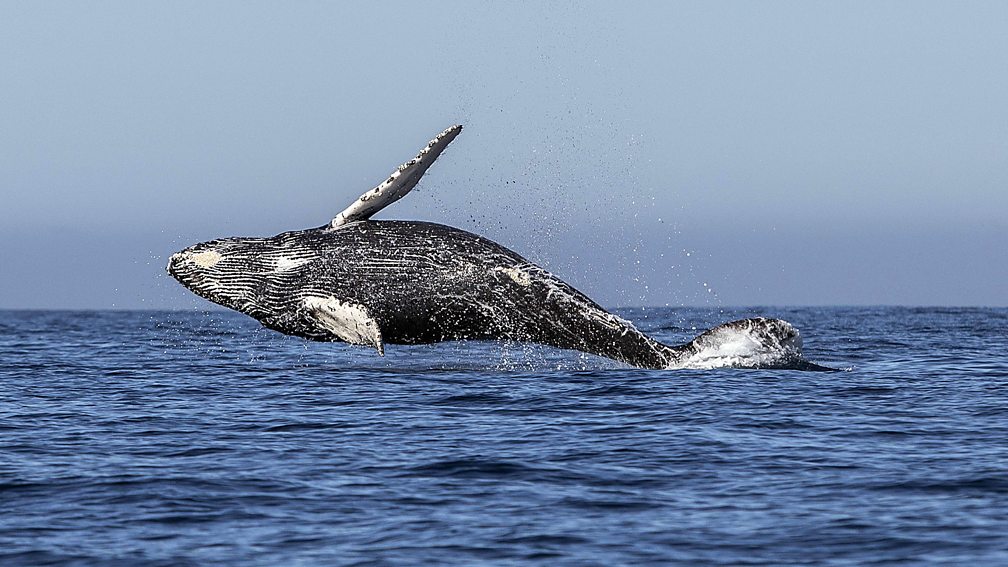
It's a delicate balance though, and Schmitz points out that different ecosystems can actually benefit from having more large herbivores. Grey wolves that predate on elk in the North American grasslands, for example, can reduce the amount of carbon those landscapes can hold. Elk faeces can fertilise the soil and stimulate the growth of grass. In ecosystems where wildfires are not common, more vegetation can be a store of carbon.
And this is often where the complexity lies. One animal has a beneficial effect on the climate in one ecosystem may not in another. Yet they also play a crucial role in both.
In the Arctic, Musk oxen are a favoured prey of wolves, yet these large herbivores have a "huge influence" in tackling climate change by protecting the frozen soil, says Schmitz. "By grazing and trampling they protect against permafrost thawing," he says. "If permafrost thaws, it can release many millions to billions of tonnes of methane." Methane is a potent greenhouse gas.
These complex relationships are one reason why Christopher Sandom, a rewilding expert and biology lecturer at the University of Sussex, UK, warns that replenishing animal populations will not be a silver bullet for climate change. "Research has shown that nature is a complex set of interlocking processes that may not give you the expected outcome," he says. "Rewilding cannot be seen as a panacea. We must not simply think that nature can suck all the carbon up and not adopt measures across the board to reduce man-made emissions."
But he adds that it is clear that animals and their conservation need to be included in the discussions around climate change. "Planting trees is indeed important, but nature shows they need animals to help them grow," he says.
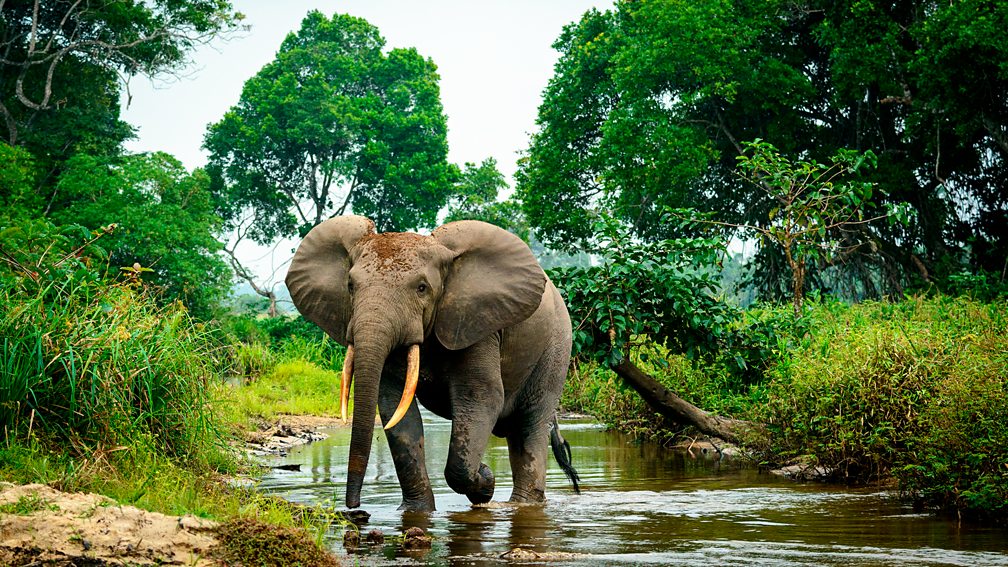
Cristina Banks-Leite, a conservation ecologist at Imperial College London, agrees. "In Brazilian forests, for example, roughly 80% of all trees are reliant on animals for seed dispersal or pollination," she says. "We can see how those trees would just not survive very long without those animals."
African forest elephants, for example, can be seen as gardeners that fuel carbon sequestration in tropical rainforests. The destruction they wreak as they plough their way through the thick vegetation stimulates the growth of larger trees, which can absorb more carbon than small ones. (Read more about how the havoc caused by forest elephants does the climate a favour.) But researchers from Stanford University and Princeton University in the US have found that elephants foraging on the savannah of South Africa's Kruger National Park decrease the capacity of the landscape to absorb carbon because they destroyed woody vegetation. But in doing so they also help to maintain the highly productive savannah grassland environment where the wildebeest play such an important role.
The wildebeest themselves are facing new threats as their access to water and calving grounds are cut off by fences, roads and settlements springing up along their migration routes in East Africa. In 2019, researchers in Kenya warned there had been severe declines in the number of wildebeest migrating in recent years with four of the five main migration routes used by the animals severely threatened. The scientists behind the study called for urgent interventions to preserve the wildebeest habitats and migration routes.
Schmitz agrees. "As the science shows, the dynamics of carbon uptake and storage fundamentally changes with the presence or absence of animals," he says.
--
If you liked this story, sign up for The Essential List newsletter – a handpicked selection of features, videos and can't-miss news delivered to your inbox every Friday.
Join one million Future fans by liking us on Facebook, or follow us on Twitter or Instagram.

